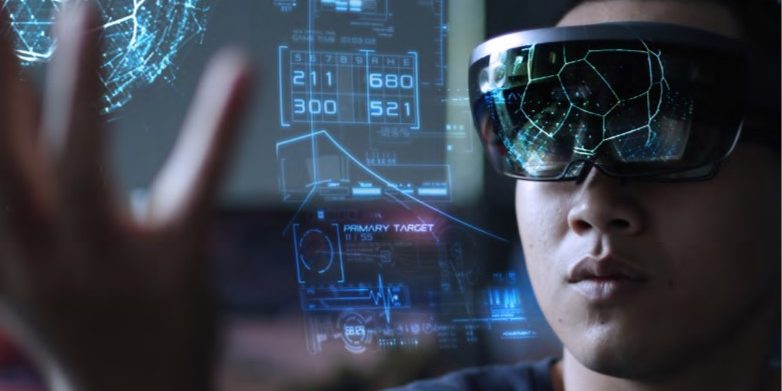Welcome to the annual CSIAC edition on Modeling and Simulation.
This year’s theme is ‘Innovation’ – a term that often spurs thoughts of an inspired new gadget or possibly a way of doing something in a different manner. The Merriam-Webster definition simply states that innovation is “the introduction of something new” – that’s a pretty broad definition and certainly open to interpretation. A recent podcast panel on the topic provided varied perspectives from the participants, but in the end the group came to the consensus that innovation is “Executing an idea which addresses a specific challenge and achieves value for both the company and the customer.” The papers in this year’s journal certainly meet that definition – they each highlight excellent examples of meeting a very diverse set of government needs and challenges (the customer) by establishing capabilities via the innovative use of modeling and simulation expertise and tools that provided enduring value to both the innovator and the customer.
Some familiar historical examples that fit this definition of innovation are the installation of a moveable assembly line, a cheap and practical light bulb, and the ubiquitous post-it note. Within the M&S community, we are all aware of a great legacy that includes automated flight trainers, computer based military simulations and wargames, simulation interoperability standards that broke down organizational and distance barriers, and the more recent infusions of Artificial, Augmented, and Virtual Reality that extend the boundaries of our synthetic environments.
We asked this year’s contributors to highlight the “so what?” of their innovations that were fueled by modeling and simulation. During my career, I have seen countless, innovative applications of M&S that have provided excellent training environments for our soldiers, sailors, airmen, and marines. In many cases those simulations were not the most current or the most technically sophisticated, but innovation – and imagination – resulted in unprecedented operational readiness even during periods of diminished budgets and competing operational demands. That’s a great “so what”.
The articles in this year’s journal highlight a broad array of modeling and simulation contributions – whether in training, testing, experimentation, research, engineering, or other endeavors:
- Common understanding: Using gaming software to provide a graphical understanding of the concept of operations for unmanned aerial systems [Chell, Hoffenson, Ray, Jones, Blackburn]
- Common data: Establishing common data services to enable joint training objectives via an interoperable synthetic training environment [Dvorak, Hellman, Scrudder, Gupton]
- From paper to data: transition from traditional paper-driven documentation to the use of model-centric requirements and development methods [Kruse, Blackburn]
- Understanding complex problems: The use of a variety of simulations to replicate hybrid networks and understand the effects of cyber and electronic warfare on those networks [Sugrim, Poylisher, Plastine, Newcomb]
- Fostering collaboration: Creation of community-wide collaborative environments via common architectures to support electro-optical and infrared missile system development [Waggoner]
- Modeling and simulation as a “lingua franca”: Deploying common modeling tools as freeware to a wide-spread community of government, industry, and academic partners to create an ubiquitous modeling framework [West, Birkmire]
These authors have provided great examples of going well beyond “innovations in modeling and simulation techniques or design” and focus more broadly on “how has modeling and simulation helped you innovate?” They provide great examples of “innovation, done innovatively” they break down barriers to communication, collaboration and understanding. I believe they will inspire you to join in and innovate.
Podcast Reference: (https://www.ideatovalue.com/inno/nickskillicorn/2016/03/innovation-15-experts-share-innovation-definition/#ultimatedefinition)


